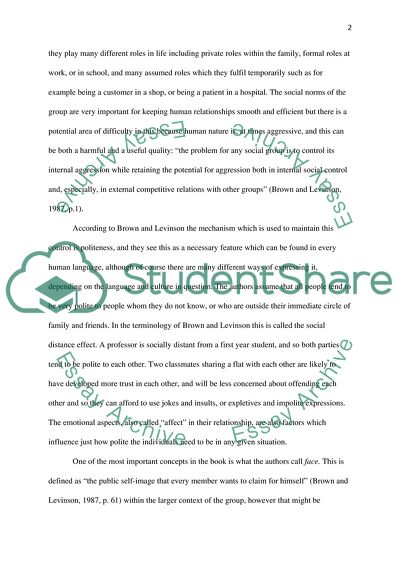Cite this document
(Politness in Pragmatics Term Paper Example | Topics and Well Written Essays - 3000 words, n.d.)
Politness in Pragmatics Term Paper Example | Topics and Well Written Essays - 3000 words. Retrieved from https://studentshare.org/social-science/1800281-politness-in-pragmatics
Politness in Pragmatics Term Paper Example | Topics and Well Written Essays - 3000 words. Retrieved from https://studentshare.org/social-science/1800281-politness-in-pragmatics
(Politness in Pragmatics Term Paper Example | Topics and Well Written Essays - 3000 Words)
Politness in Pragmatics Term Paper Example | Topics and Well Written Essays - 3000 Words. https://studentshare.org/social-science/1800281-politness-in-pragmatics.
Politness in Pragmatics Term Paper Example | Topics and Well Written Essays - 3000 Words. https://studentshare.org/social-science/1800281-politness-in-pragmatics.
“Politness in Pragmatics Term Paper Example | Topics and Well Written Essays - 3000 Words”, n.d. https://studentshare.org/social-science/1800281-politness-in-pragmatics.


